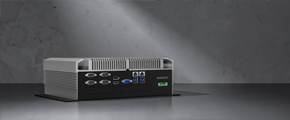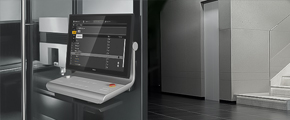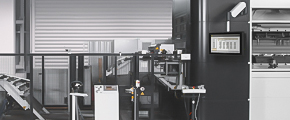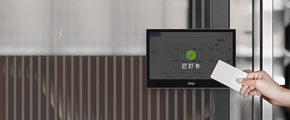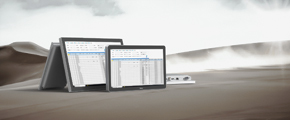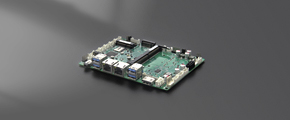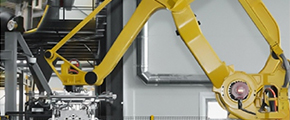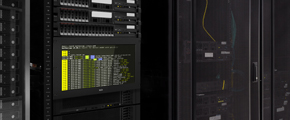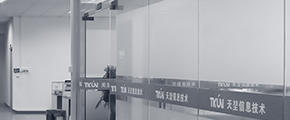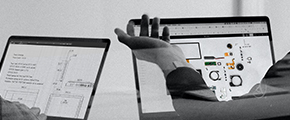Firstly, determine the product and engineering requirements such as installation method, size, panel structure, signal type and LCD performance.
1. Installation method
The installation methods are divided into rack installation, flip chip, embedded, open and modular. Rack type is used for industrial control cabinet, chassis and other equipment. The chassis is generally U, and 1U is equivalent to 44cm. There are 4U, 6U, etc. The flip chip is turned over from the back of the cabinet, and only the LCD area is displayed on the front of the cabinet. The embedded is directly embedded in the front of the cabinet and fixed by side hooks.
2. Dimensions
Industrial monitors are typically 5.6 inches, 6.4 inches, 8.4 inches, 10.4 inches, 12.1 inches, 15 inches, 17 inches, 19 inches, and 20.1 inches in size. You can also customize the size according to your needs.
3. Panel structure
The panel is generally made of magnesium aluminum alloy, cold-rolled steel plate, electro galvanized plate, stainless steel plate, hot-dip galvanized plate, die-casting aluminum and other materials
4. Signal type
Signal interfaces include VGA, AV, HDMI, DVI, BNC, SDI and other interfaces, which can be selected or customized according to requirements.
5. LCD performance
Brightness: since most flat panel displays are used in indoor environment, the brightness is about 250 ~ 300cd / m ² (NIT), the LCD with a diagonal size of 15 inches is the most commonly used. However, the display with this brightness level can not meet the requirements in the industrial environment. This is because the ambient light is stronger, and its brightness is easy to exceed the brightness of the LCD backlight. Moreover, the touch screen is often used in the industrial environment, which will also reduce the brightness of the display and make it look darker. In general medical, industrial and public telephone booth applications, the required brightness should be at least 450 CD / m ²-- 1000cd/m ²。
Contrast: unlike consumer displays, which are mainly used for direct viewing, for industrial displays, users may not watch at the best distance or under ideal lighting conditions. Therefore, the display with higher contrast is the best choice. For 10.4-inch, 12.1-inch or 15 inch displays used in most industrial areas, a 450:1 contrast is ideal.
Color: in some industrial applications, special color information is more important than text or numbers. It is very important to use the measured color as the percentage of NTSC color saturation. In LCD products, color saturation is completely dependent on the influence of backlight. CCF (cold cathode fluorescent screen) backlight is a very popular technology, and can reach 70% and 80% of NTSC color saturation.
Perspective: commercial and consumer displays are usually designed for a single person sitting directly in front of the display. In most industrial applications, this situation is very rare. For example, physicians or nurses can't stop to watch the display directly during diagnosis and treatment. They just want to know the expected data. For large machines, it is impossible to operate directly in front of the display. For the navigation of ships or aircraft, it is also inconvenient for the driver to sit directly in front of the LCD, especially when there are multiple displays, which face the viewer from different angles.
Backlight life
Cold cathode fluorescent (CCF) lamp is the most commonly used backlight in LCD. In the field of industrial application, the service life of CCF backlight is generally at least 50000 hours, or the brightness is reduced to half compared with the new one. In many consumer applications, it takes only 10000 hours for the brightness of the backlight to fall to half its initial brightness.
Since consumer applications do not require continuous operation of the display, 10000 hours of CCF backlight life is sufficient, but this is not the case in most industrial and medical applications. The service life of backlight is very low compared with that of LCD. Efforts are being made to double the life of backlights, but in most industrial applications, a minimum life of 50000 hours is considered the life standard of CCF backlights.


